Fall Skin Care

-
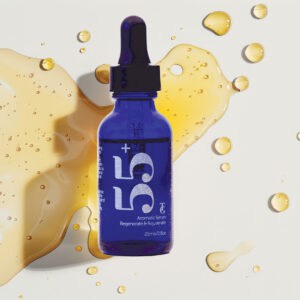 55+ Barrier Defense$56.00
55+ Barrier Defense$56.00 -
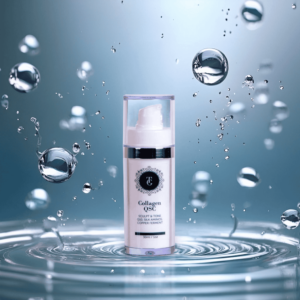 Collagen QSC$93.00
Collagen QSC$93.00 -
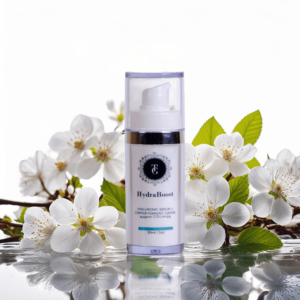 HydraBoost$99.00
HydraBoost$99.00 -
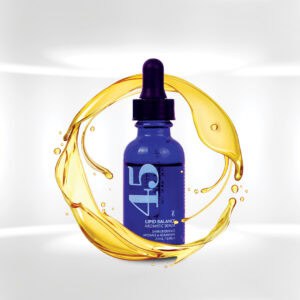 Serum 45$52.00
Serum 45$52.00 -
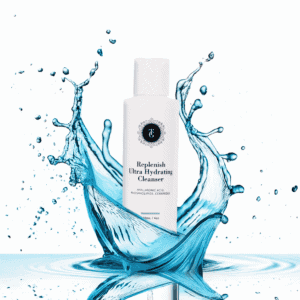 Replenish Cleanser$58.00
Replenish Cleanser$58.00 -
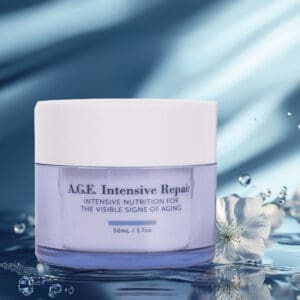 A.G.E. Intensive Repair$100.00
A.G.E. Intensive Repair$100.00 -
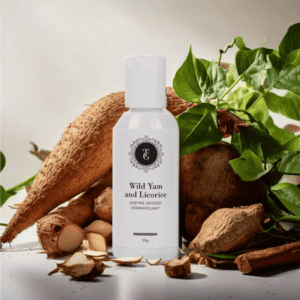 Wild Yam and Licorice$42.00
Wild Yam and Licorice$42.00 -
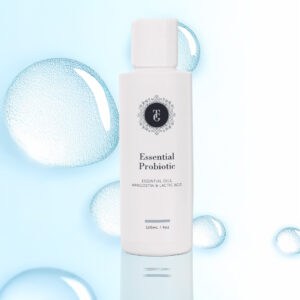 Essential Probiotic Gel$18.00 – $45.00Price range: $18.00 through $45.00
Essential Probiotic Gel$18.00 – $45.00Price range: $18.00 through $45.00 -
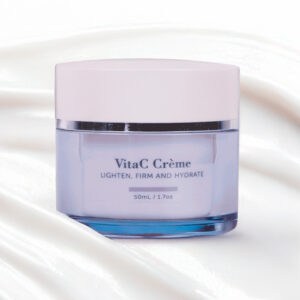 Daily Vita C Crème$40.00 – $92.00Price range: $40.00 through $92.00
Daily Vita C Crème$40.00 – $92.00Price range: $40.00 through $92.00 -
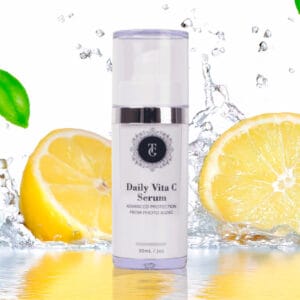 Daily Vita C Serum$40.00 – $86.00Price range: $40.00 through $86.00
Daily Vita C Serum$40.00 – $86.00Price range: $40.00 through $86.00 -
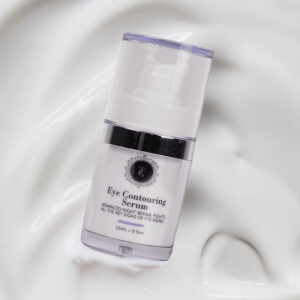 Contouring Eye Serum$68.00
Contouring Eye Serum$68.00 -
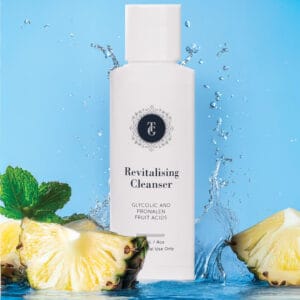 Revitalising Cleanser$27.20 – $64.00Price range: $27.20 through $64.00
Revitalising Cleanser$27.20 – $64.00Price range: $27.20 through $64.00 -
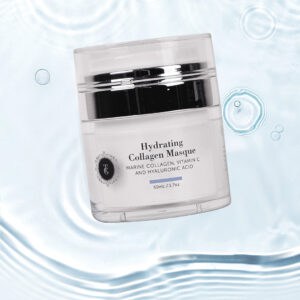 Hydrating Masque$62.00
Hydrating Masque$62.00 -
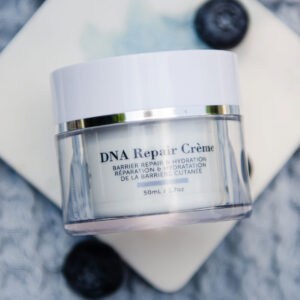 DNA Repair Crème$96.00
DNA Repair Crème$96.00 -
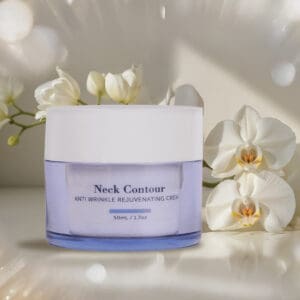 Contour Crème$40.00 – $100.00Price range: $40.00 through $100.00
Contour Crème$40.00 – $100.00Price range: $40.00 through $100.00 -
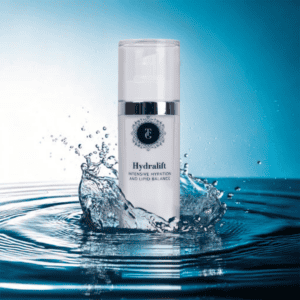 Hydralift Serum$40.00 – $96.00Price range: $40.00 through $96.00
Hydralift Serum$40.00 – $96.00Price range: $40.00 through $96.00
